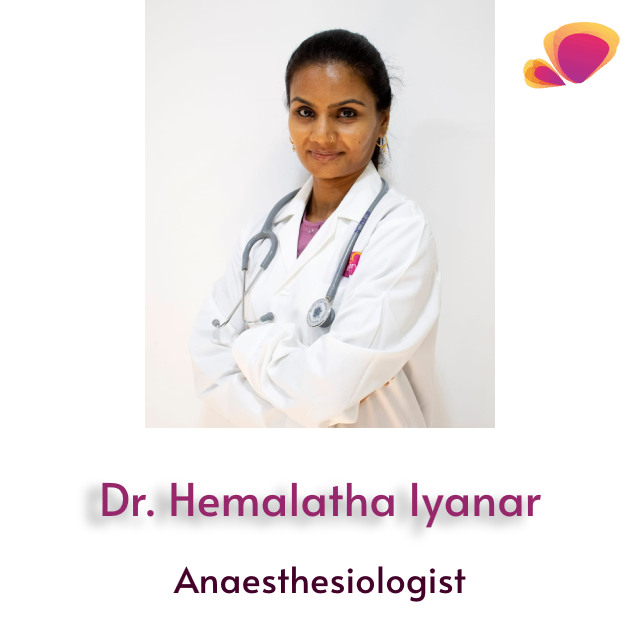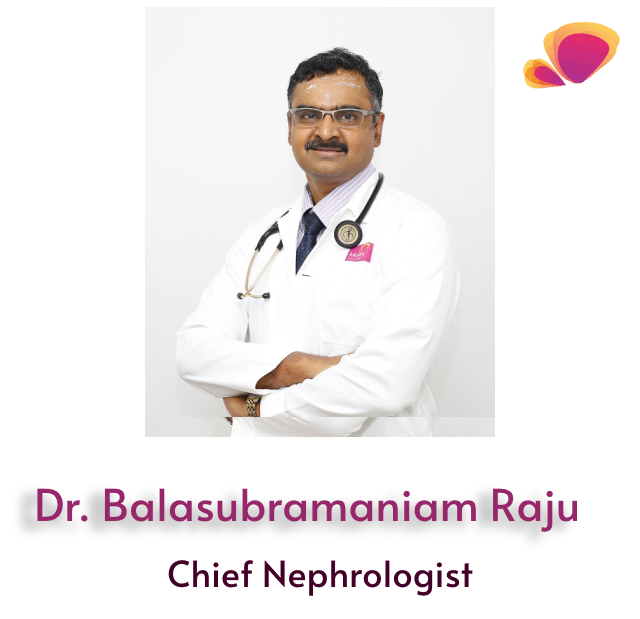Message from Team IMA Chennai Kauvery Alwarpet Branch
 Dear colleagues
Dear colleagues
Greetings and best wishes from IMA Chennai Kauvery Branch
With the second wave of Covid exhausting the medical facilities and making life hard for us I request all our members to stay safe and I think that the best service we can do to the country apart from treating is not to get ourselves infected.
Be brave, this will also pass.
Long live IMA
Yours in IMA service,
Dr. S. Sivaram Kannan
President
 Our country is facing a raging Pandemic. Healthcare system is being stretched.
Our country is facing a raging Pandemic. Healthcare system is being stretched.
We as citizens should do our best:-
– Avoid crowding, wear masks, wash hands
– Get vaccinated
It is our duty to get vaccinated, to build up herd immunity and stop transmission.
IMA Kauvery is proud to continue its commitment to learning and knowledge building with yet another interesting monthly issue.
Long live IMA
Yours in IMA service,
Dr. Bhuvaneshwari Rajendran
Secretary
 Dear friends
Dear friends
Glad to release our IMA journal online for this month.
We are proud and happy to share articles from various departments.
Partial nephrectomy for early renal cell carcinomas, false positive ANCAs in infection mediated renal injury, anaesthetic challenges in hyperthermic intraperitoneal chemotherapy, renal TUBULAR acidosis in Sjogren syndrome, interventional radiology and pulmonary Melioidosis are the cases shared this week.
Thankful to all our consultants for enthusiastically contributing to our journal, inspire of tough COVID situation.
Your feedback, suggestions are welcome.
Dr. R. Balasubramaniyam
Editor

Anaesthetic Considerations in HIPEC Surgery
HIPEC is hyperthermic intraperitoneal chemotherapy, a process in which heated chemotherapy is pumped into abdominal cavity after cytoreductive/ debulking surgery. Common tumours treated by HIPEC are:
*colorectal cancers
*appendix tumours
*mesotheliomas
*adrenal tumours
*ovarian tumours
*liver cancers
*pancreatic tumours

A Case of Acute Flaccid Quadriparesis Secondary to Hypokalemia - (Type 1) distal Renal Tubular Acidosis in the Background of Sjogren Syndrome
Abstract :
The situation when the serum potassium level is below 3.5 mEq/L is called hypokalemia. Generally, hypokalemia is caused due to potassium loss from urinary tract and sweating a lot, although decreased potassium consumption and increased intracellular translocation can also lead to hypokalemia. The cardiovascular and neuromuscular systems are negatively impacted through hypokalemia. In the present report, our objective is to present a 48-year-old female patient admitted with paralysis secondary to hypokalemia, who was diagnosed with distal type 1 renal tubular acidosis (RTA) secondary to Sjogren’s syndrome (SS).

Two Patients with “Acute Kidney Injury” (AKI) and ANCA-Positive State
Acute kidney injury (AKI) is one of the common manifestations of kidney disease. It could be broadly classified according to its aetiology as pre-renal, intrinsic renal, and post-renal causes. It could be community-acquired or hospital-acquired AKI. Community-acquired AKI is commonly secondary to acute gastroenteritis, infection-related, glomerulonephritis, nephrotoxic drug-related etc. Hospital- acquired AKI is commonly due to sepsis, contrast agents, cardiac failure, drugs etc.
Recently we saw two patients with community-acquired AKI, and we share this experience here.
Patient No 1: Mr.HR, a 40-year-old gentleman, presented to his family physician with total painless hematuria of one-week duration.

Interventional Radiology- a Paradigm Shift in Minimally Invasive Surgery
The field of radiology was once limited only to the diagnosis of the diseases. Nevertheless, the advances in the diagnostic imaging modalities over the last half a century have enabled the possibility of utilizing imaging in guiding real-time treatment of diseases. The minimally invasive interventional radiology has led to avoidance of surgery and its related complications in some patients, while in others IR-facilitated surgery by creating an avascular plane in patients with potential bleeding complications. The interventional radiology has now encompassed diseases from head to toe, involving all of the medicine. In this article, we will explore the journey of interventional radiology, with advances in imaging and the new sophisticated treatments.

Partial Nephrectomy:the new normal in uro-oncology
A 60-year old diabetic lady presented with an incidentally detected right renal tumour. Computed tomography (CT scan) showed a small renal mass (2 x 1 cm), in the right kidney, partly exophytic, with adequate distance from the hilum and collecting system. As a patient of this modern world, she had undergone a series of additional investigations prescribed by her family physician, including Positron emission tomography with CT(PET-CT) and biopsy of the renal tumour. The biopsy confirmed a clear cell type of renal cell carcinoma, which is the most common and more dreaded variant for a localised malignancy. Renal score was 5a. Laparoscopic partial nephrectomy was performed, with an uncomplicated intro-operative and post-operative period. Final histopathological diagnosis confirmed a pT1a clear cell RCC with adequate oncological margins. She is at present on follow-up.

A Case Report of Pulmonary Melioidosis
Introduction
Melioidosis is caused by Burkholderia pseudomallei , a gram-negative bacilli, which is highly endemic in Southeast Asia. Melioidosis was studied as a possible biological warfare agent but was never used. B. pseudomallei is easy to acquire from the environment by inhalation or ingestion of contaminated soil as well as contact through skin wounds. It is highly infectious, antibiotic resistance is readily manipulated, and there is no vaccine available for it. This bacterium is classified as category B priority pathogen by The National Institute of Health and the Centers of Disease Control and Prevention.


